We caught up with the brilliant and insightful Daniel Zamora a few weeks ago and have shared our conversation below.
Hi Daniel, thanks for joining us today. We’d love to hear about when you first realized that you wanted to pursue a creative path professionally.
It will be helpful to begin with a bit of an origin story: I knew from a very young age that I was gay. I was born in the 1970s and started coming to consciousness as a young person in the 1980s. An awareness regarding my sexuality began to develop around eight or nine years old. It was right around this time that the AIDS epidemic began unfolding in the world. I desperately struggled with issues far too significant for a little kid to navigate. Simply, it was a different time, and resources for LGBTQ+ youth did not exist back then in the ways they are (thankfully) now., Thriving gay/queer/ally role models were just not visible to me – remember, this was before the internet! A terrible fear began to develop about what my life seemed destined to become. While my parents are incredibly supportive, the skill set to talk about these things or express myself did not exist at that age. At church, I learned that gay people went to hell forever. I could not reconcile this as I had a close relationship with a higher power early on. So, I feared for my soul, and I feared for my physical health and bodily safety. I feared that fulfilling intimate love would not be realized and that my health would be radically compromised, with any trace of physical beauty erased. Eventually, I would die from an awful disease alone in pain and shame. As I said, this would be an enormous amount to deal with, even for an adult, and I was only a child. Thankfully none of the things I feared came to light, our culture has grown more supportive, and our LGBTQ+ community is healthier and more visible. That is not to say that adversity did not present itself: as a younger artist at the university I’d attended, my work was “too gay,” or “overtly homo-erotic. When I started producing art again some years back, it was to explore meaningful concepts and themes, be more faithful to myself, with a stronger voice, a more precise eye, and a surer hand…It was be wonderful to serve as a role model for a young person struggling, as I once was.
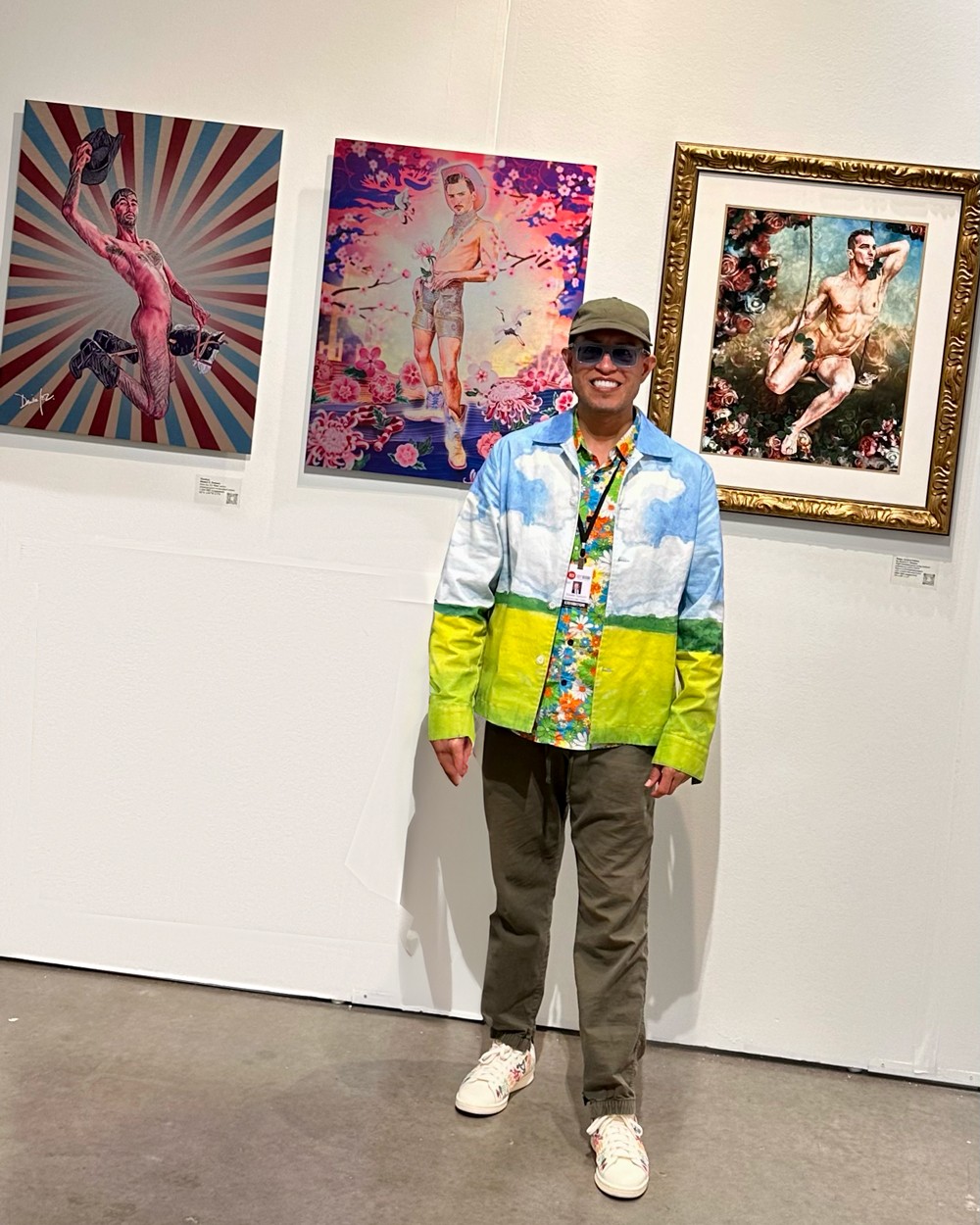

Great, appreciate you sharing that with us. Before we ask you to share more of your insights, can you take a moment to introduce yourself and how you got to where you are today to our readers.
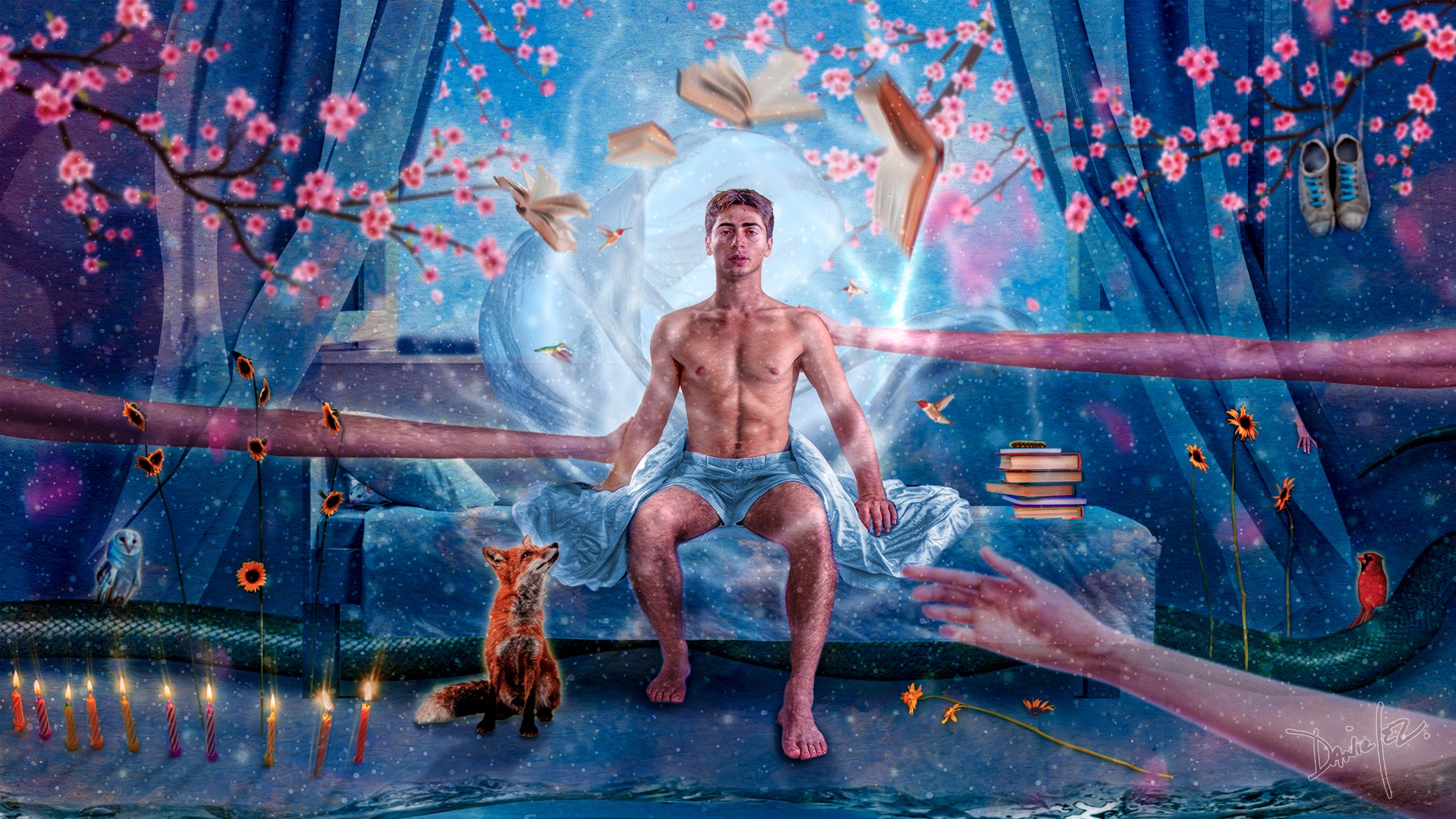
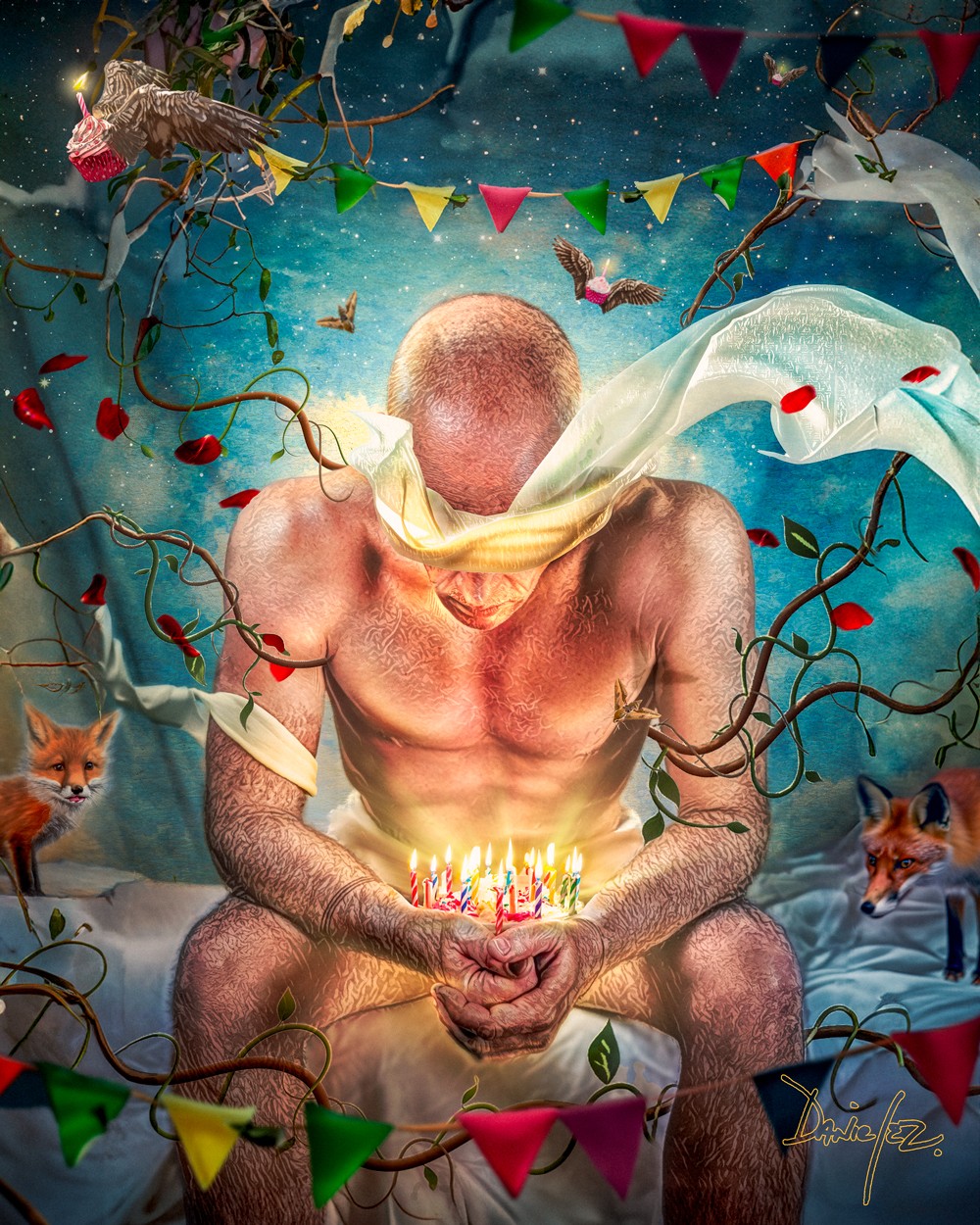
Is there a particular goal or mission driving your creative journey?
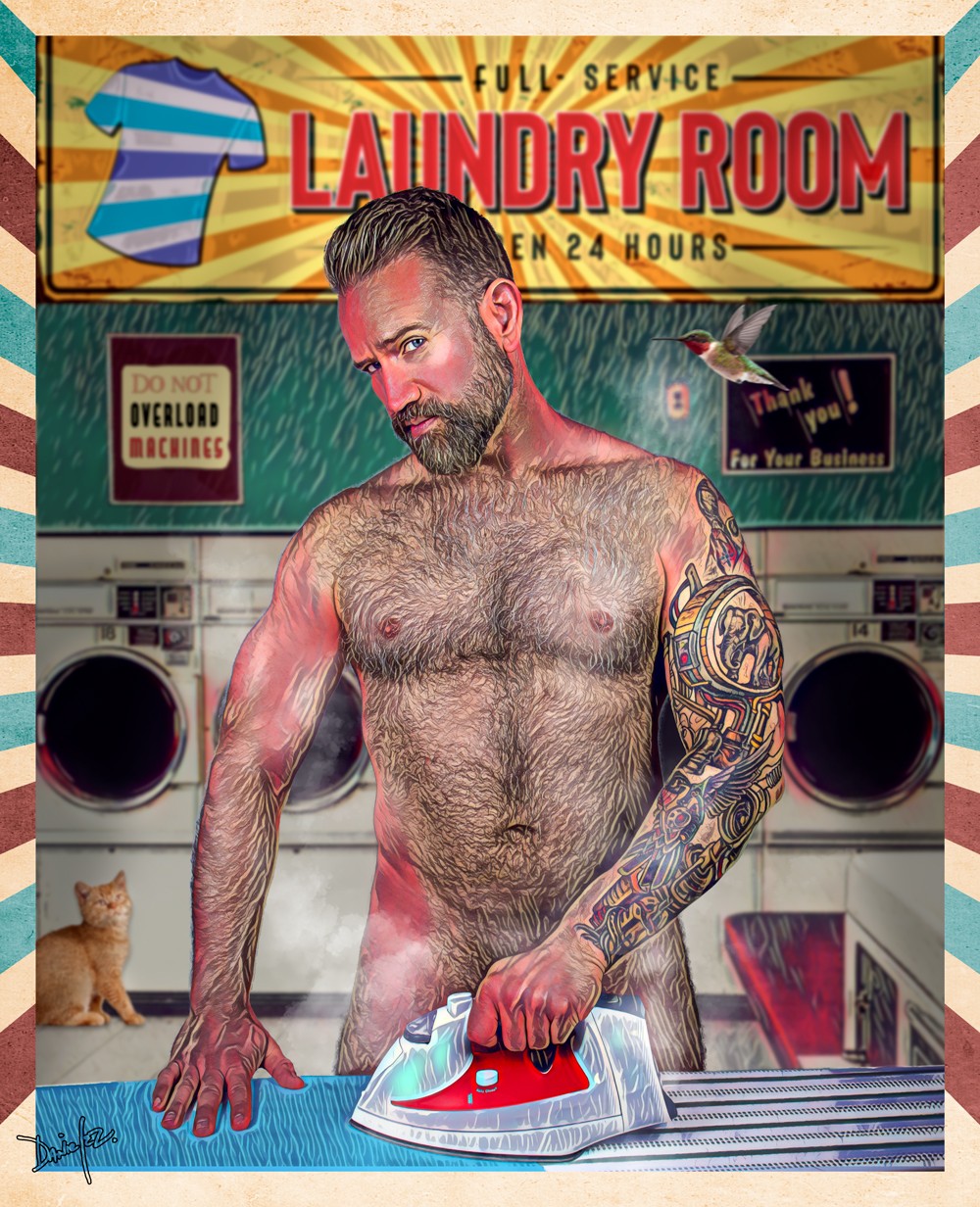
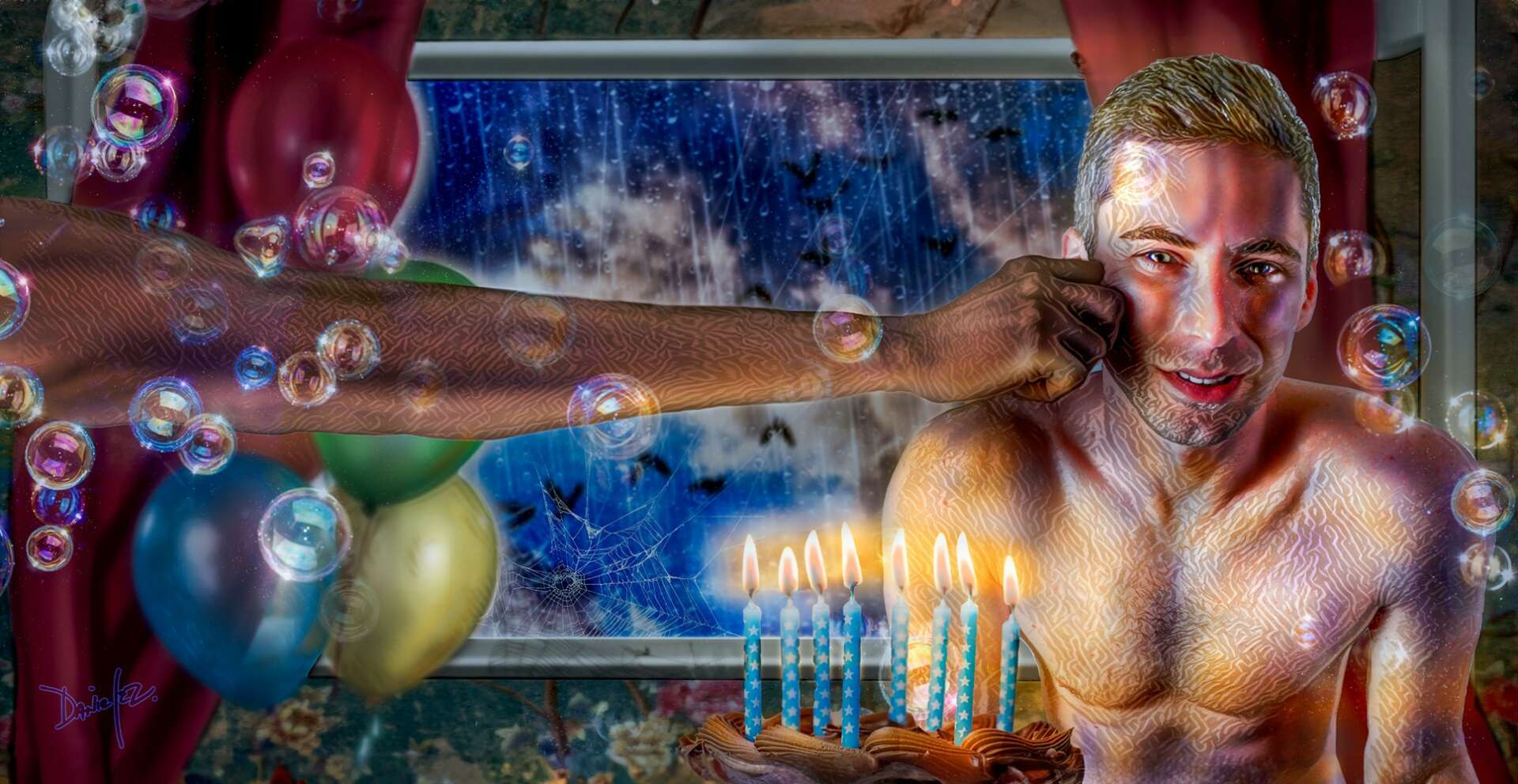
Is there something you think non-creatives will struggle to understand about your journey as a creative?
Sure – sharing about the creative process is so important. It helps others to understand the inspiration, critical thinking, and skillful means by which my art is created. Much of my work is a highly nuanced and interdisciplinary process, and I source from skills that took years to develop, drawing from the wisdom and knowledge of extraordinarily talented teachers and mentors. The process usually begins with inspiration – it may come from anywhere: a concept, a story, book, conversation, dream, a friend’s remark, music, a walk, a found object, a movie, memories, travels, and so on. I journal ideas constantly! These ideas are harvested, inventoried, compared, combined, or cut. A refinement period occurs, followed by an essential period of ideation. For clarity, this is not always a linear process, with plenty of spaciousness and opportunity for spontaneity. Generally, there are different levels of ideas and projects generated simultaneously. Eventually, production begins – so exciting! For example, regarding my photo-based art, I will recruit a model(s) (often a friend) and propose the idea once an executable concept emerges. A photoshoot follows, which includes finding a location and setting up the equipment. Communicating with the model is imperative, and this involves creating a comfortable atmosphere, explaining the narrative of the project in the necessary detail, and providing direction for emotive facial expression, body movement, and posing, followed by a makeup application. Once these things are in order, the shooting begins. These shoots are often engaging and great fun, and this is where spontaneity often comes into play. The length of the shoot varies depending on the project – sometimes it’s twenty minutes and sometimes a couple of hours…I’m grateful to have had many wonderful experiences and such supportive friends who have helped in various ways with these shoots. After the images are captured, they are reviewed, and then the best shot(s) is selected. From there, the editing, design, composition, and illustration phases begin on digital applications. Visual storytelling elements are added accordingly, and this is when the original artistic vision comes more fully alive, which is immensely fulfilling. Imagining something, creating it, and sharing it with the world is beautiful! I am grateful for the entire creation process as every phase is challenging, invigorating and continues to set my imagination on fire. I’m also excited to share that a graphic novel project called Ghosthouse has recently begun and bringing together several components of my art practice (photography, illustration, digital composition, and storytelling) has been a thrilling challenge and I can’t wait to continue the journey.
The process for my sound and performance art for my work as “Luca of the Dream” is similarly nuanced in the sense that there is an order of inspiration, ideation, sourcing & harvesting materials, story writing, editing, then creative production with music instruments and sound equipment and technology. Later, staging and props are developed, followed by a period of rehearsals before the performances.

Contact Info:
- Instagram: @daniel.e.zamora_art


